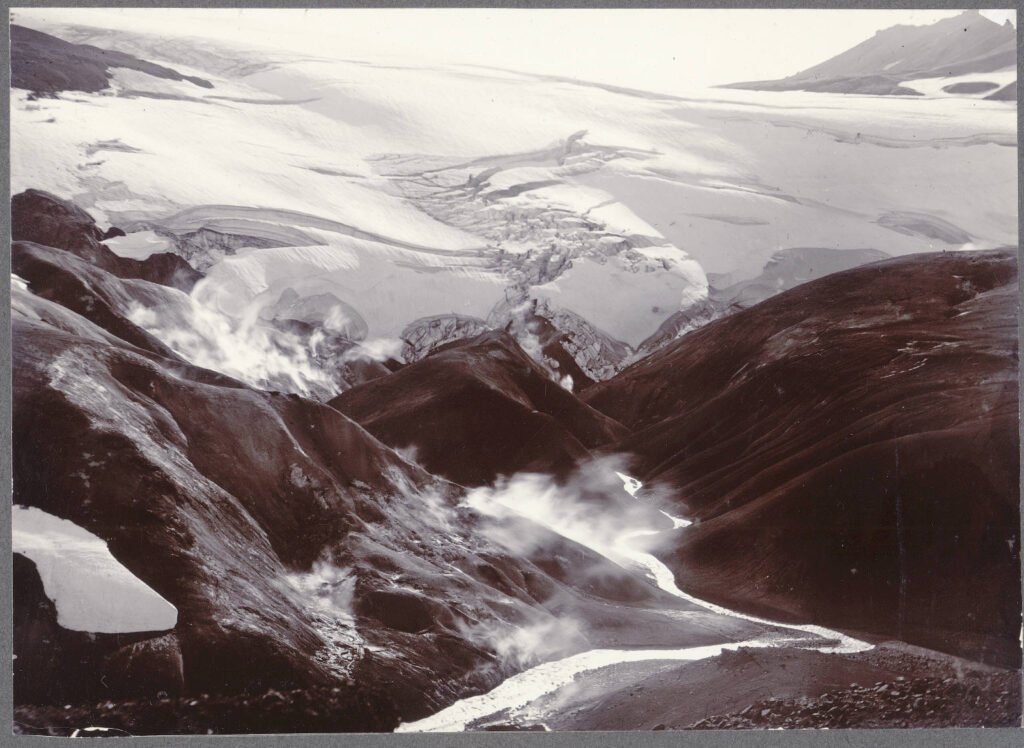Imagine a hidden world where sunlight never reaches, where icy walls press in from above, and where a river carves its way through complete darkness. Beneath the massive weight of glaciers, secret rivers surge, winding their way through tunnels and caverns sculpted by the relentless force of moving ice. These rivers, shrouded in mystery and perpetual twilight, challenge everything we thought we knew about life, water, and the resilience of nature. They are the veins of a frozen giant, pulsing with liquid life no human eye has ever truly witnessed. For those who crave awe and wonder, the story of these underground rivers is both haunting and inspiring—proof that even in the world’s coldest, darkest places, nature refuses to be silent.
The Hidden Universe Beneath the Ice
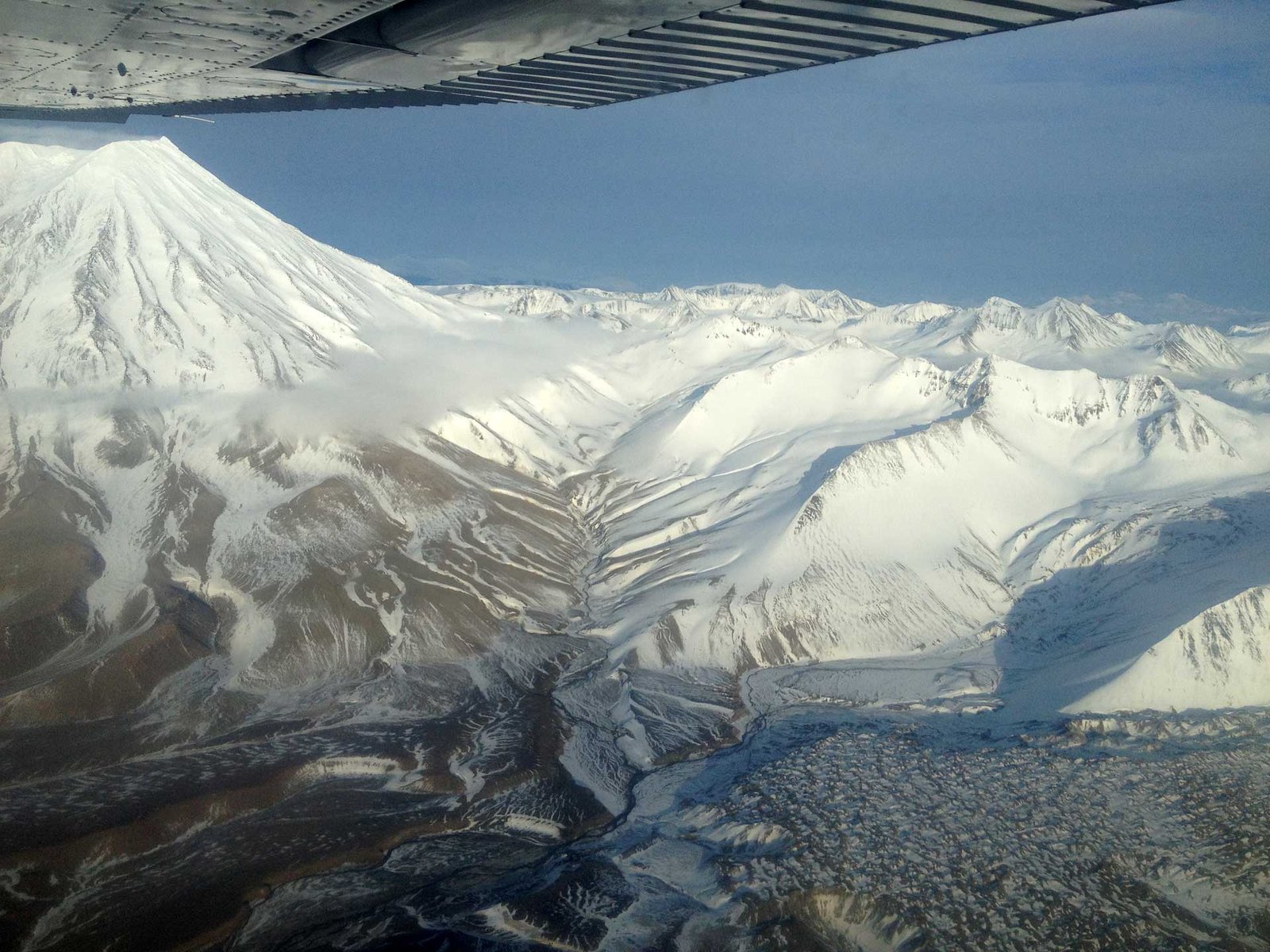
Beneath the thick, white armor of a glacier lies a universe few could ever imagine. Here, temperatures plummet, and darkness is absolute, yet water still flows. These subglacial rivers are born from the immense pressure and slow movement of the ice above. Unlike surface streams, their existence is almost impossible to detect without sophisticated technology. The weight of the glacier traps warmth, causing the base to melt and form rivers that snake through cracks and tunnels. It’s like discovering a secret passage in a castle—unexpected, mysterious, and thrillingly beautiful. Each river is a world unto itself, shaped by forces most people will never see.
How Subglacial Rivers Form

The birth of a river beneath a glacier begins with a paradox: ice, which should be frozen solid, melts because of pressure from its own weight. When a glacier presses down on the ground, it generates friction and heat. This warmth is enough to melt the lowest layer of ice, creating pools of water that merge into channels. Rainfall and surface meltwater can also trickle down through crevasses, feeding these hidden flows. Over time, the water carves out twisting tunnels, sometimes stretching for miles. It’s nature’s plumbing system, operating in total darkness, with currents strong enough to reshape the very bedrock below.
The World’s Most Famous Subglacial Rivers
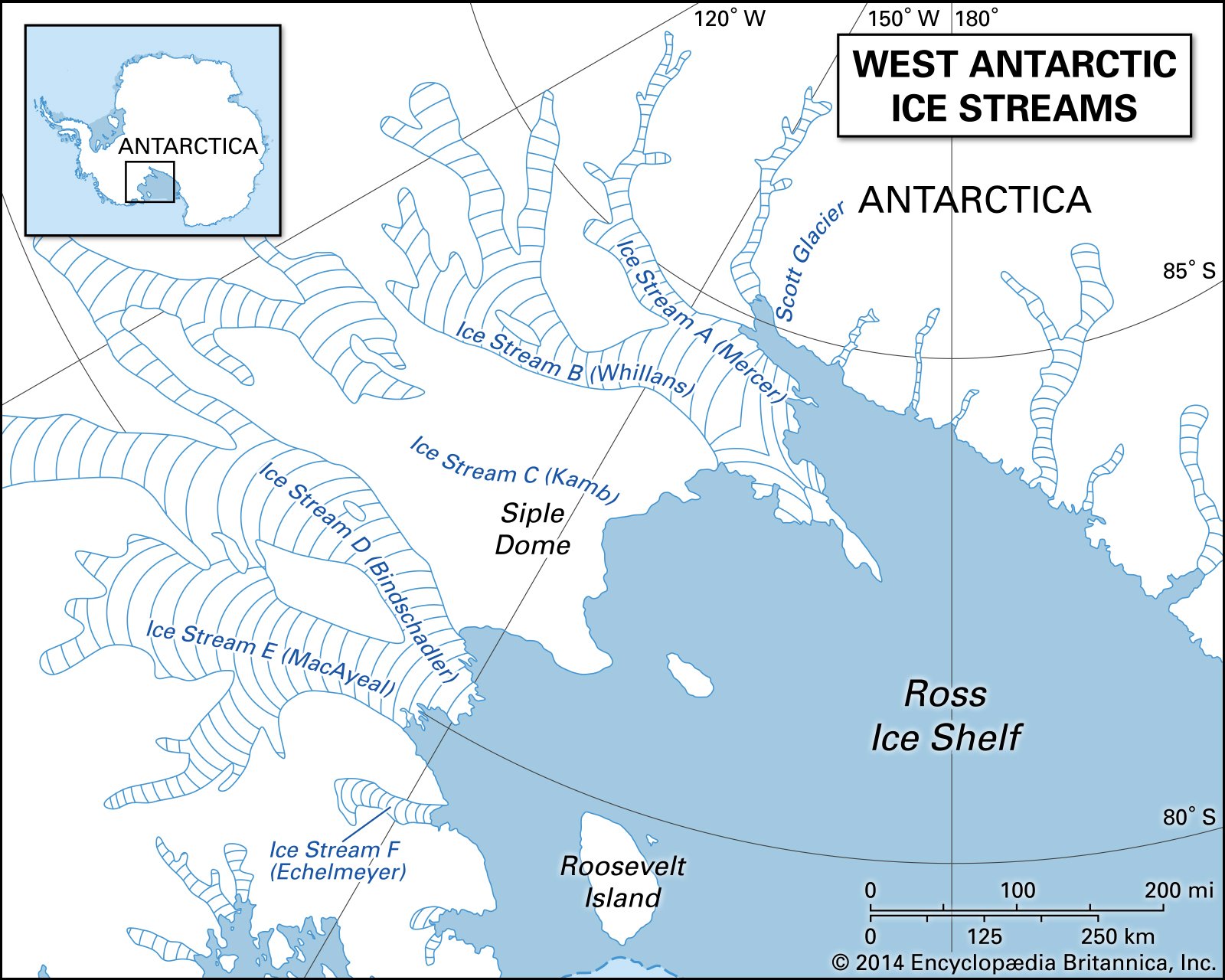
Perhaps the most celebrated example of a subglacial river is found beneath Antarctica’s ice. The Whillans Ice Stream conceals a vast network of rivers and lakes, including the mysterious Subglacial Lake Whillans. Scientists drilled through nearly a kilometer of ice to reach this hidden world, discovering a river that never sees the sun. Greenland also harbors similar marvels, with rivers that drain the island’s massive ice sheet, sometimes emerging in explosive bursts known as “outburst floods.” These rivers are as legendary as they are elusive, drawing explorers and researchers from around the globe.
Life in Eternal Darkness
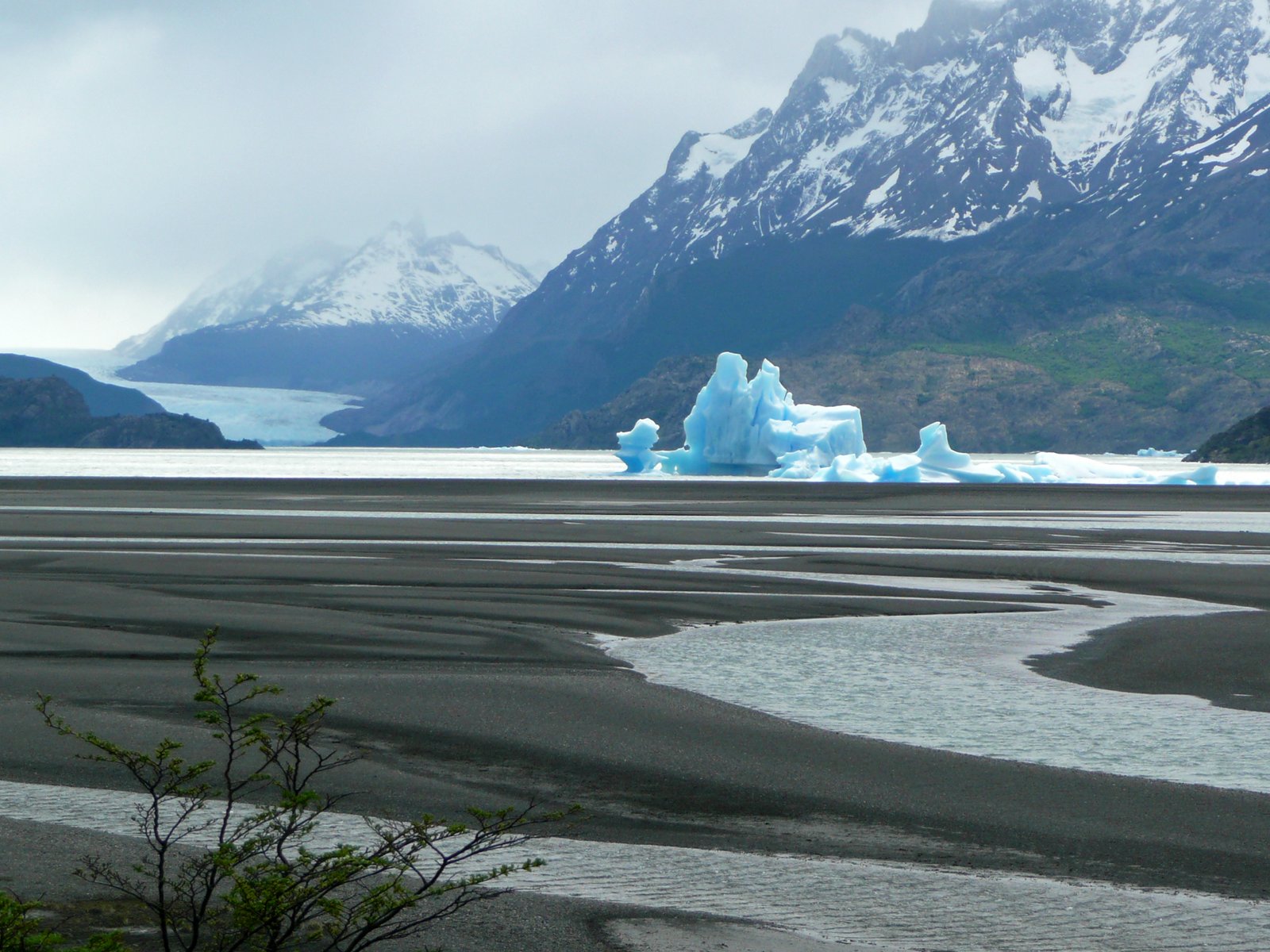
It’s almost unthinkable: a river buried in ice, cut off from sunlight, yet teeming with life. When researchers finally touched the water beneath Antarctica’s ice, they expected a sterile void. Instead, they discovered tiny microbes thriving in the frigid darkness. These organisms survive by munching on minerals or chemical energy, not sunlight. It’s a living echo of how life might exist on other worlds—proving that even in the harshest conditions, nature finds a way. The existence of these microbes is a beacon of hope for astrobiologists searching for life in the icy moons of our solar system.
Strange Chemistry and Alien Worlds
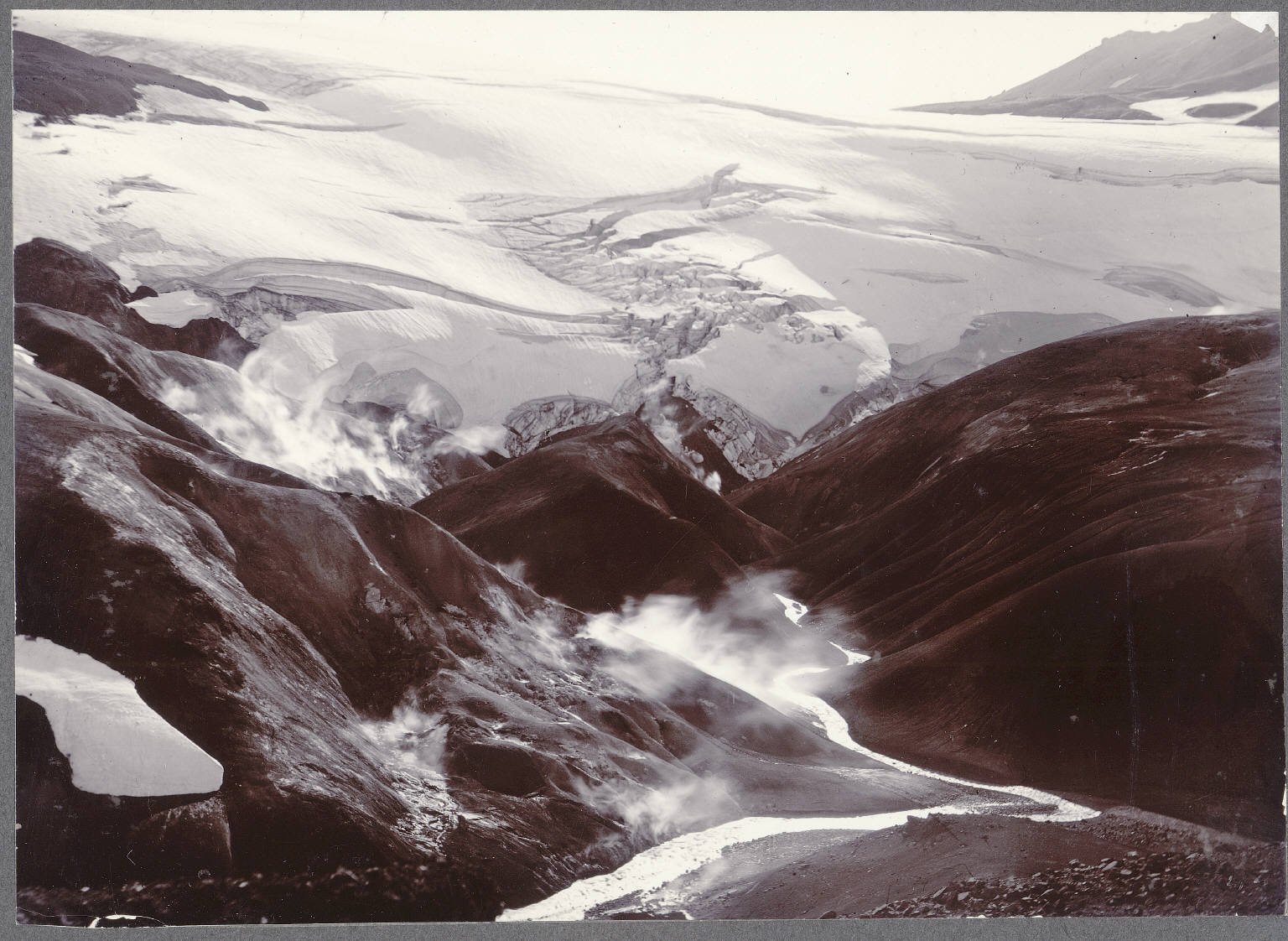
Subglacial rivers don’t just hide life—they create their own worlds. The chemistry of these rivers is startlingly different from anything found above ground. Trapped beneath tons of ice, the water is oxygen-poor, yet rich in iron, sulfur, and other minerals leached from the bedrock. Some rivers glow red with iron oxide, earning them nicknames like “Blood Falls.” This bizarre chemistry mimics conditions scientists expect to find on Mars or Europa, Jupiter’s icy moon. In a way, every subglacial river is a natural laboratory, offering a peek into worlds beyond our own.
The Relentless Flow of Water

Despite their claustrophobic environment, subglacial rivers are anything but stagnant. They rush and churn, sometimes moving at surprising speeds. Water pressure can build up for months or even years, only to burst forth in dramatic floods that reshape the landscape. Sometimes, these outbursts can move boulders the size of cars. The constant motion of water beneath glaciers is a powerful reminder that, even here, nothing is truly still. Imagine an underground river so strong it can carry an entire hillside away—hidden from view, yet capable of leaving lasting scars on the land.
Glaciers as Living, Breathing Giants
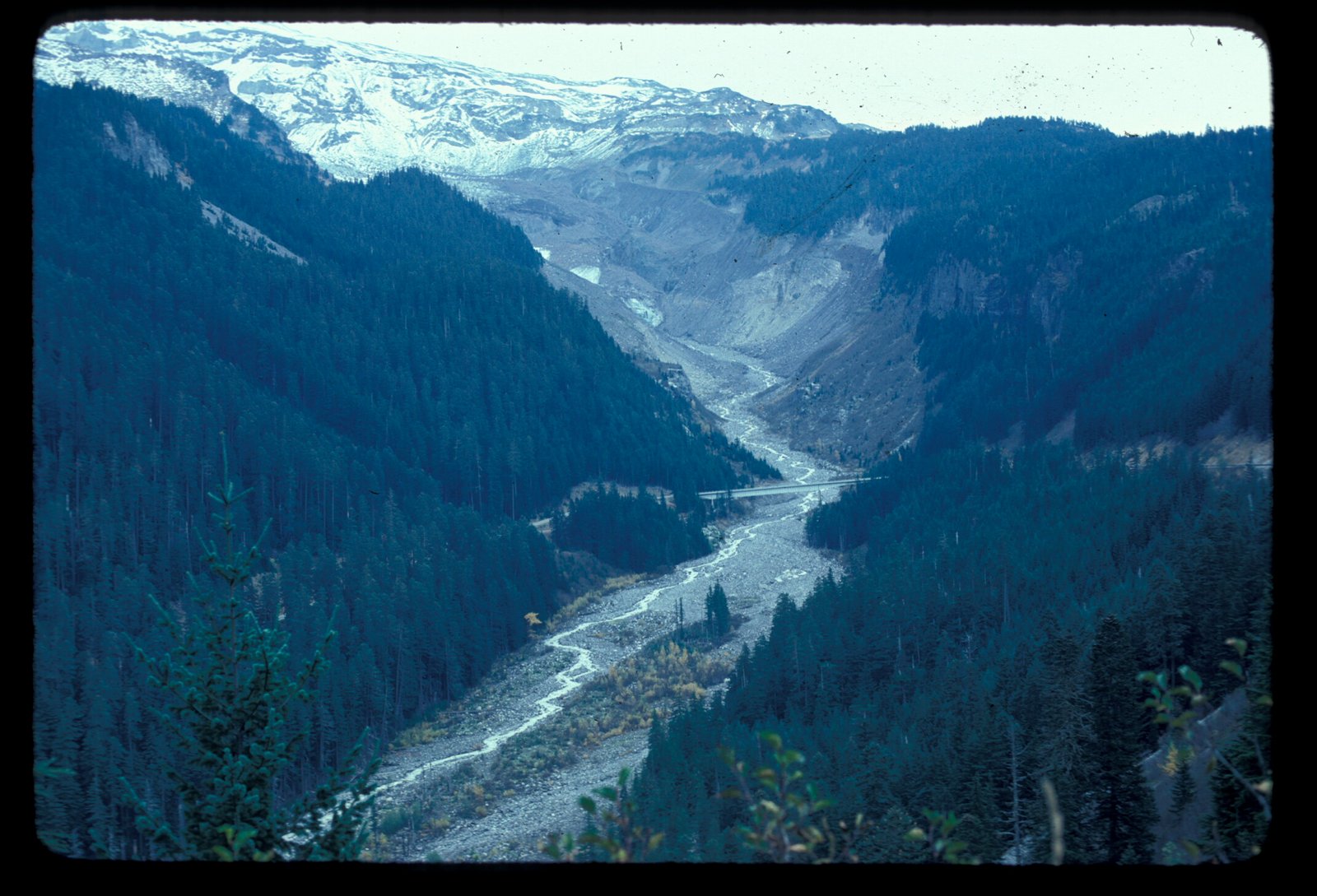
It’s tempting to see glaciers as frozen and lifeless, but the rivers beneath them tell a different story. These ice sheets are dynamic, constantly moving and changing. The water beneath acts like a lubricant, allowing glaciers to slide across the land. This movement can be slow and steady or sudden and dramatic, triggered by the swelling of subglacial rivers. In a sense, glaciers breathe—they inhale snowfall and exhale rivers, their hidden hearts beating steadily in the darkness. This secret rhythm shapes continents and fuels rivers we see above ground.
Tracking the Invisible: Tools of Discovery
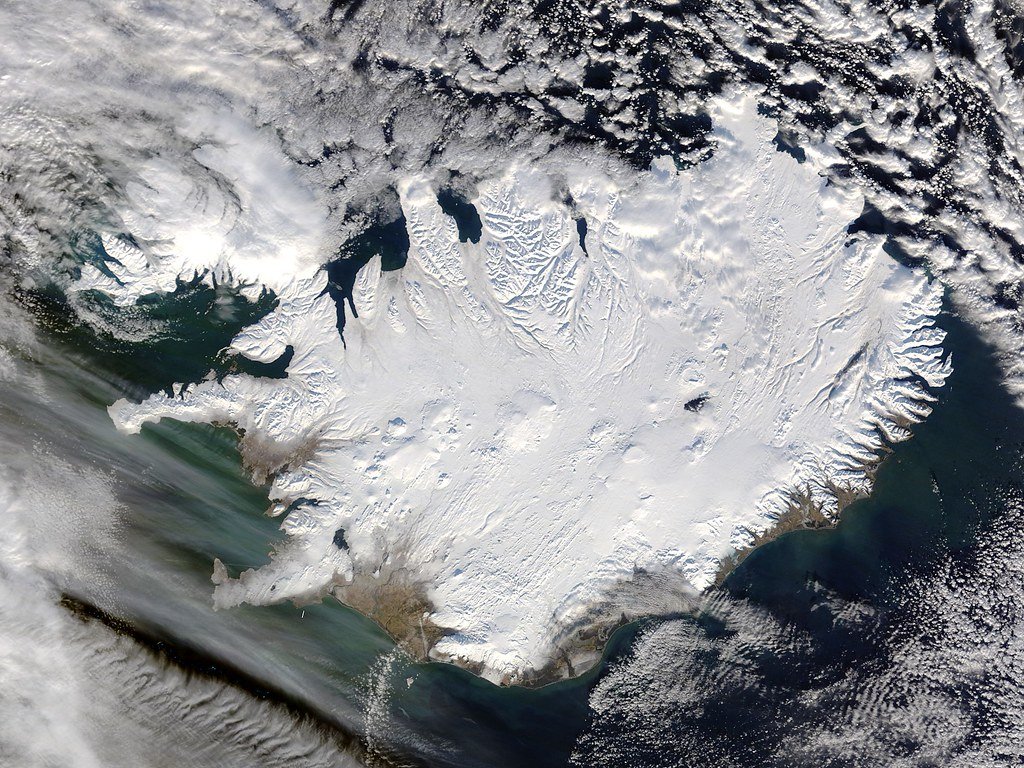
Finding a river beneath a glacier isn’t easy. Scientists rely on a toolkit that would make any spy jealous: ice-penetrating radar, seismic sensors, and remote-controlled drills. These tools send signals deep into the ice, bouncing back clues about what lies below. Sometimes, researchers drop tiny robots or melt holes with hot water to sample the subglacial world. Every new discovery is a victory against the unknown, a testament to human ingenuity and stubborn curiosity. Without these tools, the rivers beneath glaciers would remain forever hidden.
The Role of Subglacial Rivers in Shaping the Earth
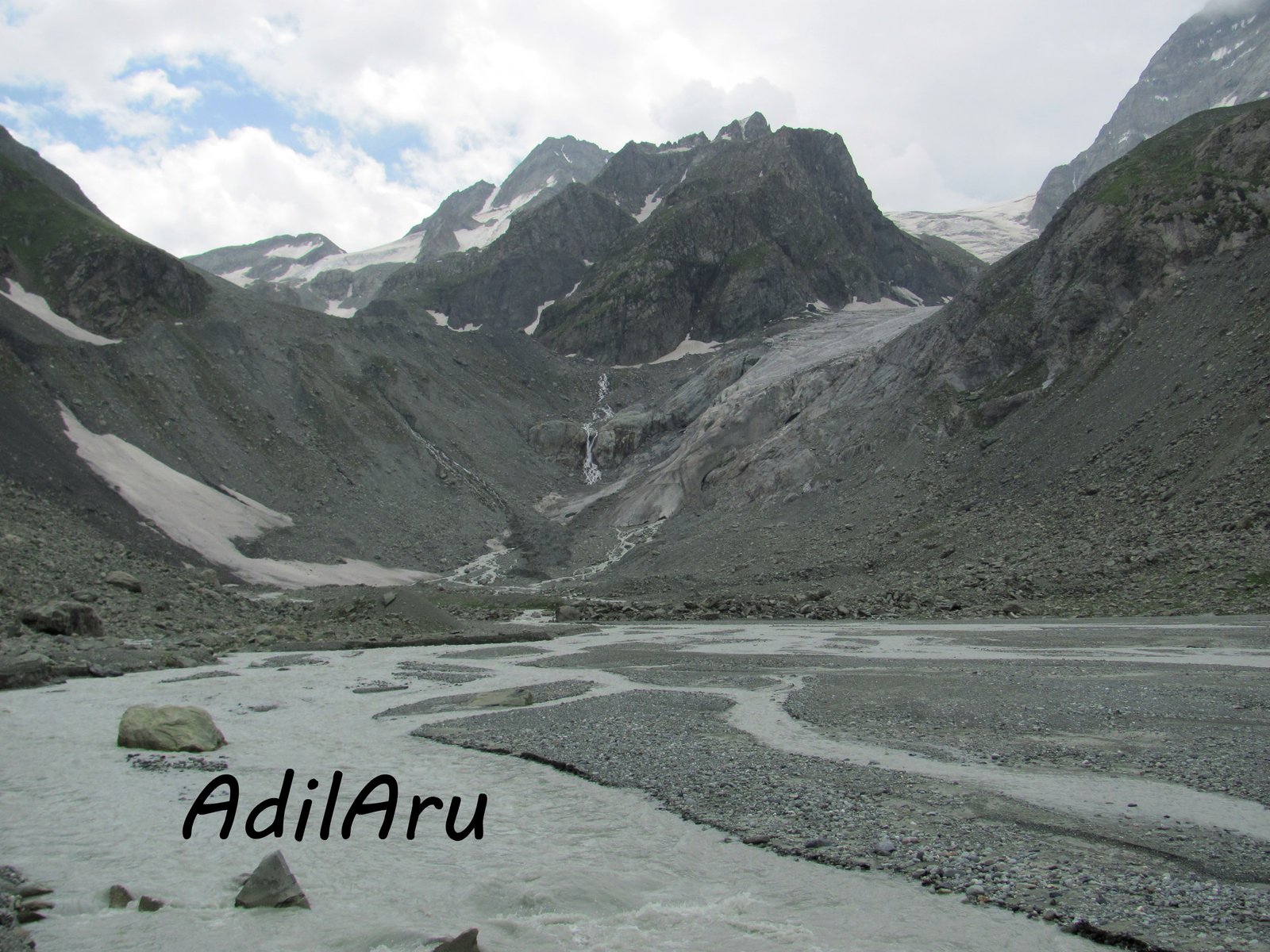
The work of subglacial rivers doesn’t end beneath the ice. As they flow, they grind down rocks, sculpt valleys, and deposit sediment far downstream. Over thousands of years, these hidden rivers have carved out some of the world’s most dramatic landscapes, including deep fjords and rolling plains. When glaciers finally retreat, they leave behind a transformed world—a silent witness to the power of water and ice working together. The next time you see a glacier-fed river or a U-shaped valley, remember: it may have started in utter darkness, beneath a mile of ice.
Signals from the Past: What Rivers Reveal
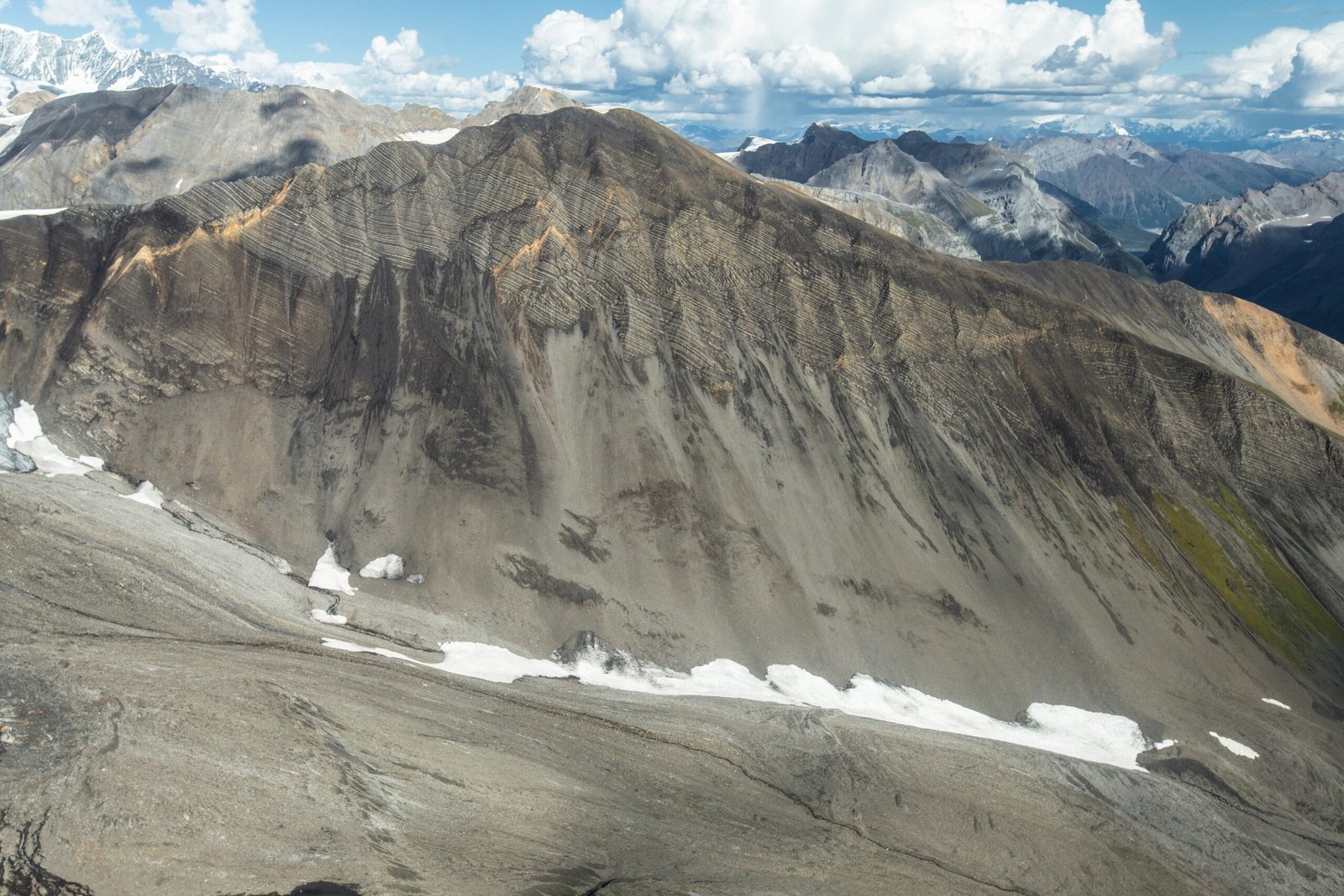
Subglacial rivers are like time machines, preserving ancient secrets in their icy grip. Sediments and trapped gases swept up by the water can reveal clues about Earth’s climate, volcanic eruptions, and even the evolution of life. By analyzing these samples, scientists reconstruct past climates and predict future changes. Every drop of water tells a story—a snapshot of what the world was like thousands or even millions of years ago. For anyone fascinated by history, these rivers are a treasure trove waiting to be unlocked.
Glacial Rivers and the Changing Climate
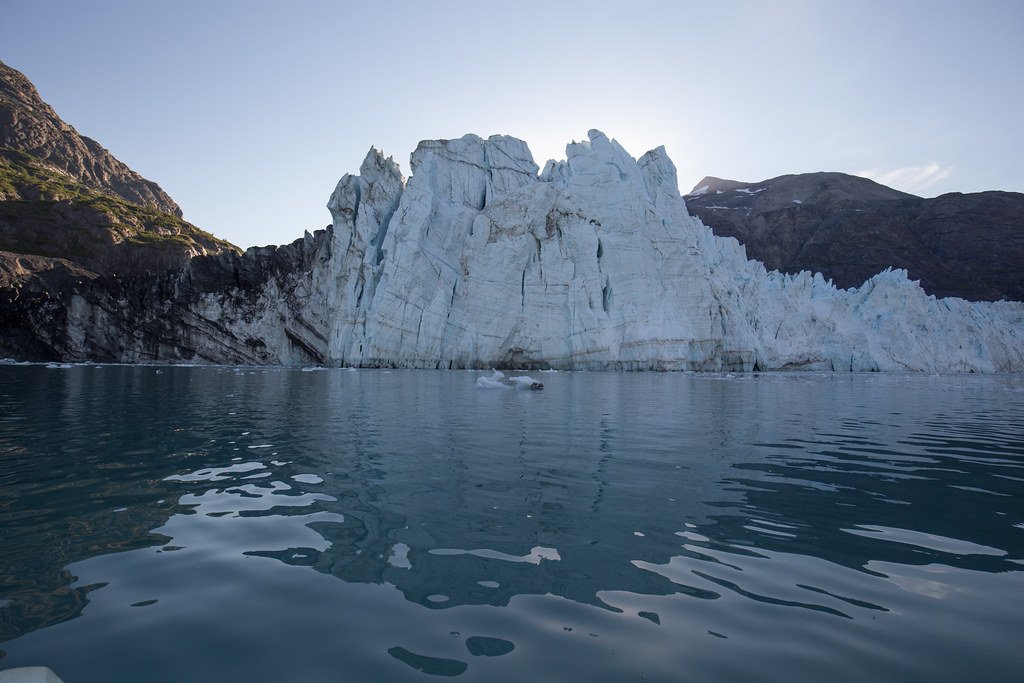
The fate of subglacial rivers is closely tied to our changing climate. As global temperatures rise, glaciers melt faster, and the rivers below become more active. Sometimes, this leads to sudden floods that threaten nearby communities. In other cases, new rivers form, changing the landscape in unpredictable ways. Scientists watch these changes closely, hoping to understand how melting glaciers will shape the future. The story of subglacial rivers isn’t just about the past—it’s a warning and a guidepost for what lies ahead.
Soundscapes and Silence: What Does a River Under Ice Sound Like?
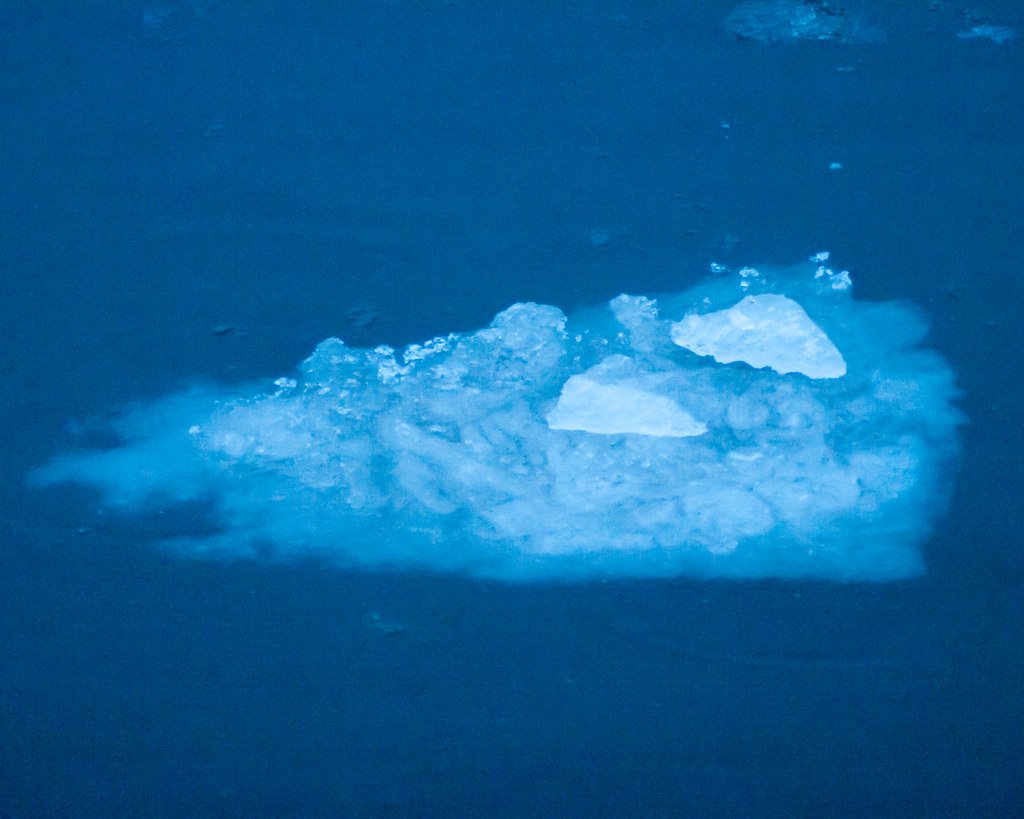
It’s hard to imagine the sounds of a world no one can enter. Yet, using underwater microphones, scientists have started to listen to these hidden rivers. The recordings are eerie—gurgling, rumbling, and sometimes sharp cracks as ice shifts above. The soundscape is both haunting and beautiful, a reminder that even in darkness, the world is alive with motion and sound. Listening to these rivers is like tuning in to the heartbeat of the planet—a secret rhythm that never stops.
The Courage to Explore the Unknown
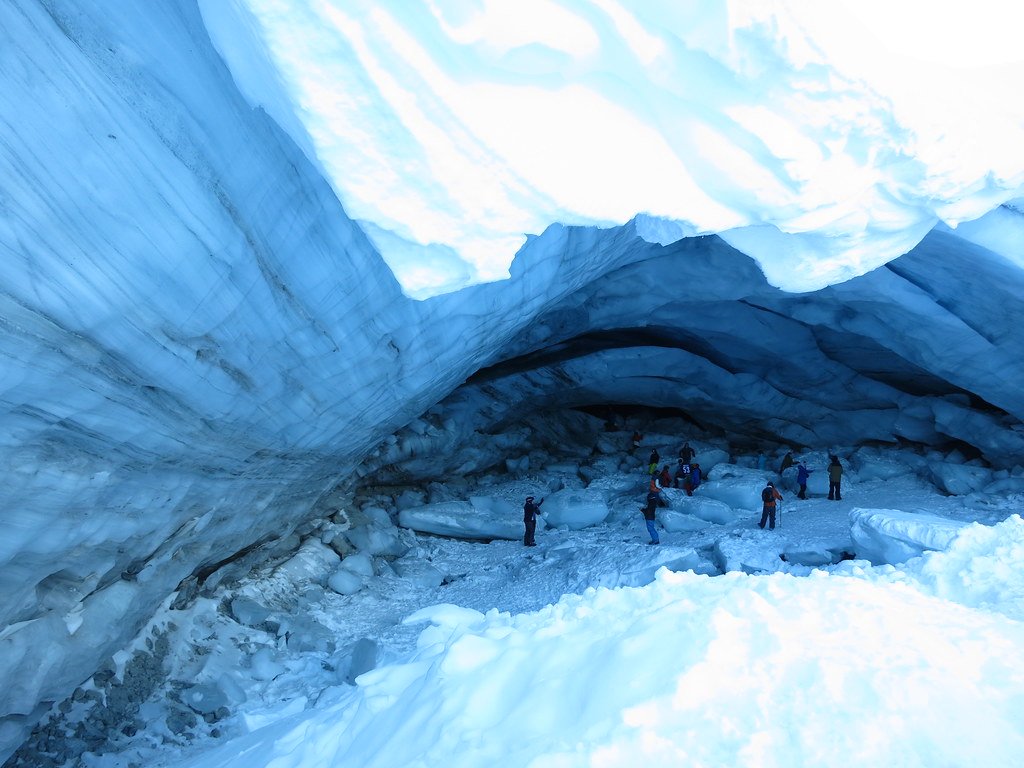
Exploring subglacial rivers requires a special kind of bravery. Researchers face biting cold, total darkness, and the looming threat of shifting ice. Yet, they push forward, driven by a hunger for discovery. Their work is a blend of science and adventure, mixing high-tech equipment with pure determination. Every trip beneath the ice is a gamble, but the rewards are immense: new species, new landscapes, and new understanding. The explorers who venture into this world are modern-day pioneers, blazing trails where no one else has ever walked.
Lessons for Space Exploration

The secrets of subglacial rivers don’t just stay on Earth. NASA and other space agencies study these rivers to prepare for missions to icy moons like Europa and Enceladus. The conditions beneath glaciers are similar to those under the ice on these distant worlds. If life can survive in the darkness beneath Antarctica, maybe it can survive lightyears away. Every sample taken from a subglacial river could be a clue to life beyond our planet. The rivers beneath glaciers are more than a scientific curiosity—they’re a blueprint for exploring the cosmos.
Artistry in Ice: Natural Sculptures and Marvels
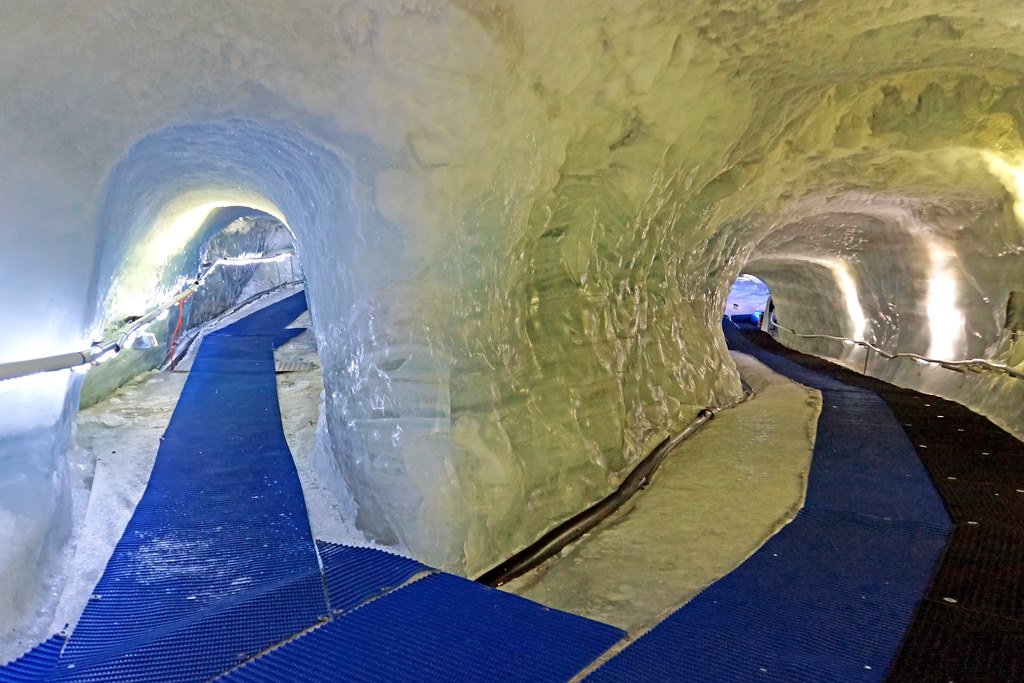
The twisting channels and frozen arches carved by subglacial rivers create some of the most breathtaking natural art on Earth. When glimpsed through rare ice caves or by remote cameras, these formations dazzle with their beauty. Blue-tinted tunnels, sparkling with mineral crystals, look like something out of a fairy tale. The ever-changing shapes remind us that water is the world’s greatest sculptor, tirelessly shaping beauty even where no eyes can see. It’s a reminder that the planet’s most stunning masterpieces are often hidden from view.
What the Future Holds for Subglacial Rivers

As technology improves, our understanding of subglacial rivers will only deepen. Scientists hope to map these networks in greater detail, track their changes in real-time, and maybe even send more advanced probes to explore their depths. Each discovery brings new questions: How many rivers are still hidden? What new life forms wait to be found? The future holds the promise of even greater surprises, as we continue our journey into the heart of the ice.
The Unseen Power of Nature

The story of the river that flows beneath a glacier—and never sees the sun—is a testament to the extraordinary power of nature. In a world of darkness, surrounded by crushing ice, water finds a way to move, to carve, to sustain life. These rivers are a symbol of resilience and mystery, a reminder that the most astonishing wonders are often hidden from view. What other secrets lie waiting in the world’s forgotten corners?

Jan loves Wildlife and Animals and is one of the founders of Animals Around The Globe. He holds an MSc in Finance & Economics and is a passionate PADI Open Water Diver. His favorite animals are Mountain Gorillas, Tigers, and Great White Sharks. He lived in South Africa, Germany, the USA, Ireland, Italy, China, and Australia. Before AATG, Jan worked for Google, Axel Springer, BMW and others.

